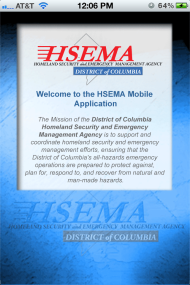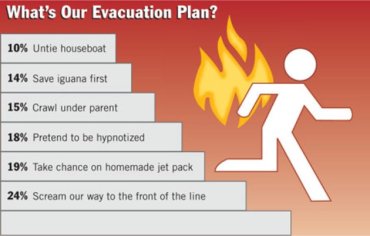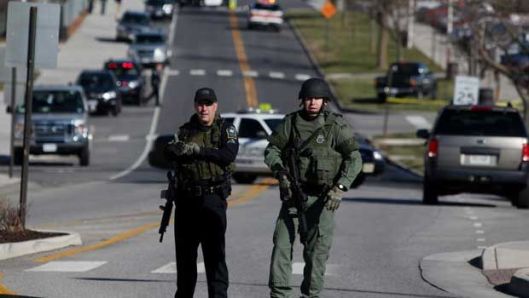“There’s an app for that” has become a very popular phrase–and not just from teenagers. Apps (short for applications) are programs designed to run on smartphones and/or tablets–even without a phone or data connection. In January, Apple announced that they have sold over 40 billion apps for their iOS devices (such as the iPhone and iPad). Clearly apps are a huge part of information-sharing and reaching our target population, here are some reasons why your agency should considered designing and developing your own app:
1. Apps are popular
In June 2013, the Pew Research Center reported its findings that 56% of Americans have smartphones capable of downloading apps–up from just 35% in 2011. Additionally, the number of Americans without a cell phone is down to just 9% of the population. According to research from New Relic, the average smartphone has over three dozen apps (forty-one to be exact) and the average smartphone user checks her phone 150 times per day with 127 minutes per day spent on apps. It is estimated that by the end of 2013, there will be 1.82 billion active smartphones globally and within the next two years, almost 100 billion apps are predicted to have been downloaded by smartphone users.
2. Keep your constituents informed
Unlike a webpage, when content or information is updated in an app, the app can send an alert to the smartphone user to acknowledge the update (also called “push” alerts). During an emergency, it is possible to also send direct messages to users through the app. While not robust enough for a sole means of emergency notification, push alerts or push notifications can be one of the tools emergency managers use for notifying the public. Additionally, if your agency includes plans in its app, app users will always have the most up-to-date plans. When posted on the internet, users can sometimes stumble upon an older version of a plan that has been saved by a search engine or re-posted by local groups, etc. With an app, there is unfiltered access to the most up-to-date information (without the fear of cached versions of older plans recirculating during an emergency).
3. Productivity without connectivity
When disconnected from wifi or wireless data feeds, apps can still function because they have the ability to save information to a user’s smartphone from the previous time an update was downloaded or a connection was available. If your agency wishes to provide any type of guidance for constituents if wireless connectivity is degraded, apps are a good solution. For items like evacuation routes, shelter guides, checklists, and other steady-state documentation, the apps can include those documents and simply update any of the documentation when the user connects to the internet–yet still maintains a copy on the user’s smartphone for when internet connectivity is unavailable.
4. Longer Reach
Since almost all smartphone users keep their phones nearby (how else would they be able to check their phones 150 times per day?), the smartphone is a better targeted device for distributing information than a laptop or desktop computer. Apps are built for ease of use–especially in transit or on the go. For emergency managers, our intended audience during an emergency are those constituents who can be empowered with the right information to help themselves and their community. Oftentimes, information is needed immediately–not when a person can find a computer nearby. Thus, the app is a perfect way of presenting actionable, executable information in a timely manner in a reliable format.
5. Deeper Integration
As the operating systems (OS) of mobile devices become more advanced, apps are becoming better integrated with other programs on smartphones, such as maps, the address book, GPS, text messaging, and social media. The benefit of emergency management apps would be the deeper integration with other platforms. In a large-scale disaster, an emergency management app could open up a smartphone’s maps app to plot a course to safety. Once safe, an emergency management app could recommend using social media (rather than a phone call–which ties up limited bandwidth) to let family members and friends know that the user is safe. Deeper integration with reminders, calendar appointments, and other future mobile platform developments can serve to promote preparedness, enhance dynamic, safe responses, and encourage more robust recovery from disaster.
While not every emergency management agency is ready to release their own app, agencies such as Washington, DC’s Homeland Security and Emergency Management Agency (HSEMA), Virginia’s Department of Emergency Management (VDEM), and even FEMA have already released apps for specific use during emergencies. Will your agency be next?

















